Home>Garden Essentials>How To Remove Seeds From Tomato Sauce
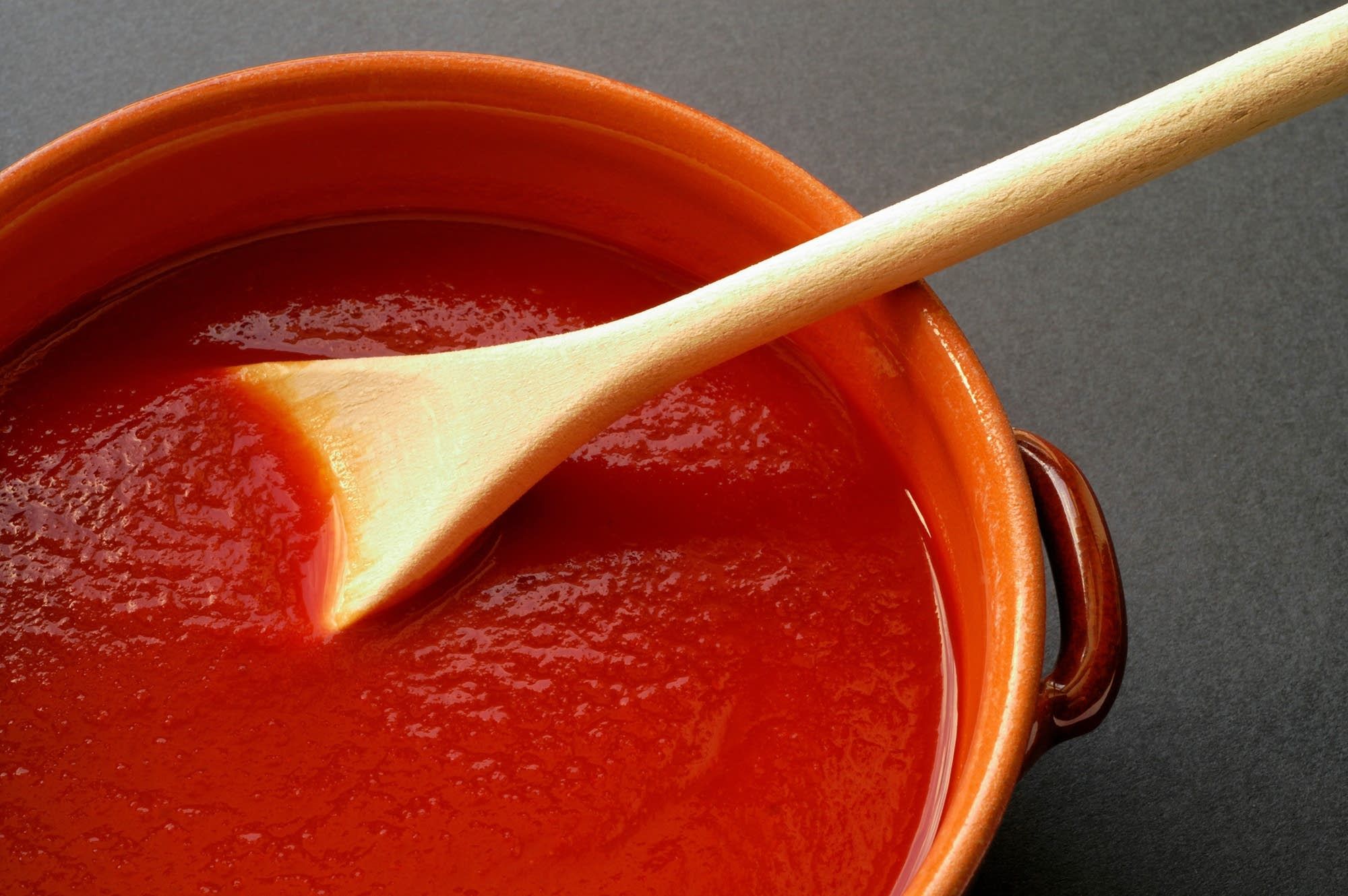

Garden Essentials
How To Remove Seeds From Tomato Sauce
Modified: March 16, 2024
Learn how to remove seeds from tomato sauce in your garden with our step-by-step guide. Achieve smooth, seed-free sauce for all your culinary creations.
(Many of the links in this article redirect to a specific reviewed product. Your purchase of these products through affiliate links helps to generate commission for Storables.com, at no extra cost. Learn more)
Introduction
Tomato sauce is a versatile and delicious addition to many dishes. Its rich flavor and smooth texture can elevate the taste of pasta, pizza, and various other culinary creations. However, some people prefer to remove the seeds from tomato sauce to achieve a smoother consistency and eliminate any potential bitterness. In this article, we will explore the reasons behind seed removal and provide you with various methods to accomplish this task. Whether you are a home cook or a professional chef, these techniques will help you achieve the desired result.
There are several reasons why you might want to remove the seeds from your tomato sauce. Firstly, tomato seeds can add a slightly bitter taste to the sauce, which some people find unpleasant. By removing the seeds, you can ensure a milder and more balanced flavor profile. Additionally, tomato seeds have a slightly gritty texture that can affect the overall smoothness of the sauce. Removing the seeds will result in a velvety consistency that is perfect for dishes that require a silky finish.
Now that we understand the reasons behind seed removal, let’s explore the different methods you can use to achieve this. Each method has its own set of advantages and can be chosen based on your personal preference and the consistency you want to achieve in your tomato sauce.
Key Takeaways:
- Say goodbye to tomato sauce bitterness and grit by removing the seeds! Choose from straining, blending, sieving, or manual methods for a smoother, velvety texture that enhances your culinary creations.
- Make seedless tomato sauce a breeze with ripe tomatoes, proper cutting, and experimenting with different methods. Enjoy a visually appealing, balanced flavor that elevates your dishes to the next level!
Reasons to Remove Seeds from Tomato Sauce
When preparing tomato sauce, you may wonder why it is necessary to remove the seeds. While some people don’t mind the seeds, others prefer a smoother and more refined consistency in their sauce. Here are a few reasons why you might choose to remove the seeds from your tomato sauce:
- Improved Texture: Tomato seeds, when left in the sauce, can give it a slightly gritty texture. By removing the seeds, you can achieve a smoother and velvety sauce that coats your pasta or other dishes more evenly.
- Enhanced Flavor: Tomato seeds can add a slight bitterness to the sauce, which may not be desirable for everyone. By removing the seeds, you can eliminate any potential bitterness and create a more balanced and pleasant flavor profile.
- Consistency Control: Removing the seeds allows you to have more control over the thickness and consistency of the sauce. If you want a thinner sauce, removing the seeds can help achieve that desired texture.
- Aesthetics: If you want a visually appealing sauce without any visible seeds, removing them is essential. This is especially important if you plan to use the sauce as a topping or filling in dishes where the seeds may be noticeable.
While some argue that tomato seeds contain nutrients and should be retained for their health benefits, the minimal amount of nutrients present in the seeds doesn’t outweigh the desire for a smoother and more enjoyable sauce for many people.
Now that you understand the reasons behind seed removal, let’s explore the various methods to remove the seeds from tomato sauce.
Methods to Remove Seeds from Tomato Sauce
There are several methods you can use to remove the seeds from tomato sauce, each with its own advantages and level of effectiveness. Let’s explore these methods:
- Straining Method: This method involves using a fine-mesh strainer to separate the seeds from the sauce. Simply pour the sauce into the strainer and gently press it through using the back of a spoon. The seeds will be caught in the strainer while the strained sauce flows into a bowl underneath. This method is quick and effective, but it may require some effort to push the sauce through the strainer.
- Blending and Straining Method: In this method, you first blend the tomato sauce in a blender or food processor to break down the seeds. Then, pour the blended sauce into a strainer and use the back of a spoon to press the sauce through while the seeds are caught in the strainer. This method allows for a smoother sauce as the seeds are thoroughly broken down, but it requires the additional step of blending the sauce.
- Sieving Method: Using a sieve with small holes, pour the tomato sauce into the sieve and gently tap it or stir it with a spoon. The sauce will pass through the small holes while the seeds remain in the sieve. This method is straightforward and doesn’t require much effort, but it may take a bit longer for the sauce to pass through the sieve.
- Manual Seed Removal Method: If you prefer a more hands-on approach, you can manually remove the seeds from the tomato sauce using a spoon or your fingers. Start by cutting the tomatoes in half or quarters, then use your thumb or a spoon to scoop out the seeds and discard them. This method allows for more control over the seed removal process, but it can be time-consuming, especially if you have a large quantity of sauce to process.
Choose the method that best suits your needs and the amount of time you have available. Regardless of the method you choose, the end result will be a seedless tomato sauce with a smoother texture and enhanced flavor.
Now that you know the various methods to remove the seeds from tomato sauce, let’s move on to some tips and tricks to make the process easier and more efficient.
Straining Method
The straining method is one of the simplest and quickest ways to remove seeds from tomato sauce. Here’s how you can do it:
- Start by preparing your tomato sauce as usual, simmering the tomatoes with the desired seasonings and ingredients.
- Once the sauce is cooked to your liking, remove it from the heat and let it cool slightly.
- Place a fine-mesh strainer or sieve over a bowl or another container that can catch the strained sauce.
- Pour the sauce into the strainer, allowing it to pass through while catching the seeds in the strainer.
- Using the back of a spoon, gently press the sauce against the strainer to help it pass through more easily.
- Continue this process until all the sauce has been strained and you are left with the seeds in the strainer.
- Discard the seeds and transfer the strained sauce to a clean container.
The straining method is particularly effective for sauces that have a thinner consistency. If your sauce is on the thicker side, you may need to put a bit more effort into pressing the sauce through the strainer. Remember to take your time and work in batches if necessary to ensure all the sauce is strained properly.
This method is great for those who want a smooth sauce without having to use additional equipment or spend too much time on the process. However, keep in mind that a small amount of pulp may still pass through the strainer, so if you want a completely seedless sauce, you may need to consider other methods.
Now that you know how to use the straining method, let’s move on to the next method: blending and straining.
Blending and Straining Method
The blending and straining method is a two-step process that ensures a smooth and seedless tomato sauce. Here’s how you can use this method:
- Begin by preparing your tomato sauce by simmering the tomatoes with your desired ingredients and seasonings.
- Once the sauce is cooked to your liking, remove it from the heat and let it cool slightly.
- Transfer the sauce to a blender or food processor and blend until smooth. This step helps break down the seeds and ensures a finer texture.
- Place a fine-mesh strainer or sieve over a bowl or another container that can catch the strained sauce.
- Pour the blended sauce into the strainer, allowing it to pass through while catching the seeds in the strainer.
- Using the back of a spoon, gently press the sauce against the strainer to help it pass through more easily.
- Continue this process until all the sauce has been strained, and you are left with the seeds in the strainer.
- Discard the seeds and transfer the strained sauce to a clean container.
The blending step in this method helps break down the seeds and ensures a smoother sauce. It also helps to create a more consistent texture throughout the entire sauce. By combining blending with straining, you can achieve a sauce that is free of seeds and has a velvety texture.
Keep in mind that this method may require some extra time and effort due to the additional step of blending. However, it is worth it for those who desire a completely seedless sauce with a silky consistency.
Now that you are familiar with the blending and straining method, let’s explore another technique: the sieving method.
To remove seeds from tomato sauce, cut the tomatoes in half and use a spoon to scoop out the seeds and discard them. Then proceed with making the sauce as usual.
Read more: How To Remove Seeds From Tomatoes
Sieving Method
The sieving method is another effective way to remove seeds from tomato sauce. Here’s how you can use this method:
- Start by preparing your tomato sauce by cooking the tomatoes with your preferred ingredients and seasonings.
- Once the sauce has reached the desired consistency, remove it from the heat and let it cool slightly.
- Place a sieve with small holes over a bowl or container.
- Pour the sauce into the sieve, making sure it doesn’t overflow.
- Gently tap or stir the sauce with a spoon to encourage it to pass through the small holes of the sieve.
- Continue tapping or stirring until all the sauce has passed through, leaving the seeds behind in the sieve.
- Dispose of the seeds and transfer the strained sauce to a clean container.
The sieving method is straightforward and requires minimal effort. It’s ideal for those who want to remove the seeds from their tomato sauce without the need for additional equipment or complex processes.
It’s important to note that the sieving method may take a bit longer compared to other methods, as the sauce passes through the small holes of the sieve. However, it is an effective way to achieve a seedless sauce with a smooth texture.
Now that you know how to use the sieving method, let’s move on to the final method: manual seed removal.
Manual Seed Removal Method
If you prefer a more hands-on approach, you can manually remove the seeds from tomato sauce. Here’s how you can use this method:
- Start by preparing your tomato sauce as usual, cooking the tomatoes with your desired ingredients and seasonings.
- Once the sauce has cooked to your liking, remove it from the heat and let it cool slightly.
- Cut the tomatoes in half or quarters, exposing the seeds.
- Using your thumb or a spoon, gently scoop out the seeds from each tomato piece and discard them.
- Continue this process until all the tomato pieces have been seeded.
- Transfer the seeded tomato pieces back into the pot or a clean container.
- Using a spoon or a handheld blender, puree the tomato pieces to further break down any remaining seeds.
- Simmer the sauce again to bring it back to the desired consistency.
This method allows for more control over the seed removal process and ensures that all the seeds are eliminated from the tomato sauce. However, keep in mind that it can be a time-consuming process, especially if you have a large batch of sauce to prepare.
The manual seed removal method is perfect for those who enjoy the tactile experience of cooking and want to be actively involved in the sauce preparation. It also allows you to create a completely seedless sauce while ensuring a smooth texture.
Now that you know the various methods to remove seeds from tomato sauce, let’s move on to some tips and tricks that can help make the seed removal process easier and more efficient.
Tips and Tricks for Seed Removal
Removing seeds from tomato sauce can be a delicate task, but with some helpful tips and tricks, you can make the process easier and more efficient. Here are some suggestions to consider:
- Use ripe tomatoes: Ripe tomatoes are easier to work with as their seeds are more developed and easier to remove. Look for tomatoes that are firm, yet slightly soft to the touch, and have a vibrant color.
- Cut the tomatoes properly: When preparing to remove seeds manually or using other methods, make sure to cut the tomatoes in half or quarters to expose the seeds. This will allow for easier access and removal.
- Simmer the sauce longer: A longer cooking time can help break down the seeds and make them easier to remove through straining or sieving methods. Additionally, it can enhance the overall flavor of the sauce.
- Use a rubber spatula: When using a strainer or sieve, using a rubber spatula can help push the sauce through the holes more effectively, ensuring maximum seed removal.
- Work in batches: If you have a large quantity of sauce to process, it’s best to work in smaller batches. This will make it easier to strain or sieve the sauce without overwhelming the equipment or causing any spills.
- Experiment with different methods: While each method has its advantages, you may find that one method works better for you than others. Feel free to experiment and find the technique that suits your preferences and requirements best.
- Clean as you go: Seed removal can be a messy process, so make sure to clean the tools and surfaces as you go to avoid any cross-contamination. Wipe down countertops, rinse utensils, and discard seeds promptly.
By following these tips and tricks, you can streamline the seed removal process and achieve the desired results with your tomato sauce. Remember, practice makes perfect, and with each attempt, you’ll become more efficient at removing the seeds.
Now that you have learned various methods and helpful tips for seed removal, you can confidently prepare seedless tomato sauce that is both delicious and visually appealing. Enjoy your flavorful creations!
Best of luck with your tomato sauce-making endeavors!
Conclusion
Removing seeds from tomato sauce is a personal preference that can greatly impact the texture and flavor of the final dish. Whether you prefer a smooth and velvety sauce or simply want to eliminate any potential bitterness from the seeds, there are multiple methods to achieve a seedless tomato sauce.
We explored four popular methods for seed removal: the straining method, the blending and straining method, the sieving method, and the manual seed removal method. Each method has its own advantages and level of effectiveness, allowing you to choose the one that best suits your needs and preferences.
In the straining method, a fine-mesh strainer is used to separate the seeds from the sauce. The blending and straining method involves blending the sauce before straining to ensure a smoother texture. The sieving method uses a sieve with small holes to strain the sauce. The manual seed removal method allows for a hands-on approach, manually removing the seeds before pureeing the sauce.
Additionally, we provided some tips and tricks to make the seed removal process easier and more efficient. From using ripe tomatoes and cutting them properly to working in batches and experimenting with different methods, these tips can help you achieve the best results.
Ultimately, the choice of whether to remove seeds from tomato sauce is up to you. Be it for a smoother texture, a visually appealing presentation, or a more balanced flavor, these methods and tips will guide you in creating delectable seedless tomato sauce.
So, go ahead and experiment with these methods, adjust them to your tastes, and enjoy the process of creating delicious tomato sauce that suits your culinary preferences.
Happy cooking!
Frequently Asked Questions about How To Remove Seeds From Tomato Sauce
Was this page helpful?
At Storables.com, we guarantee accurate and reliable information. Our content, validated by Expert Board Contributors, is crafted following stringent Editorial Policies. We're committed to providing you with well-researched, expert-backed insights for all your informational needs.

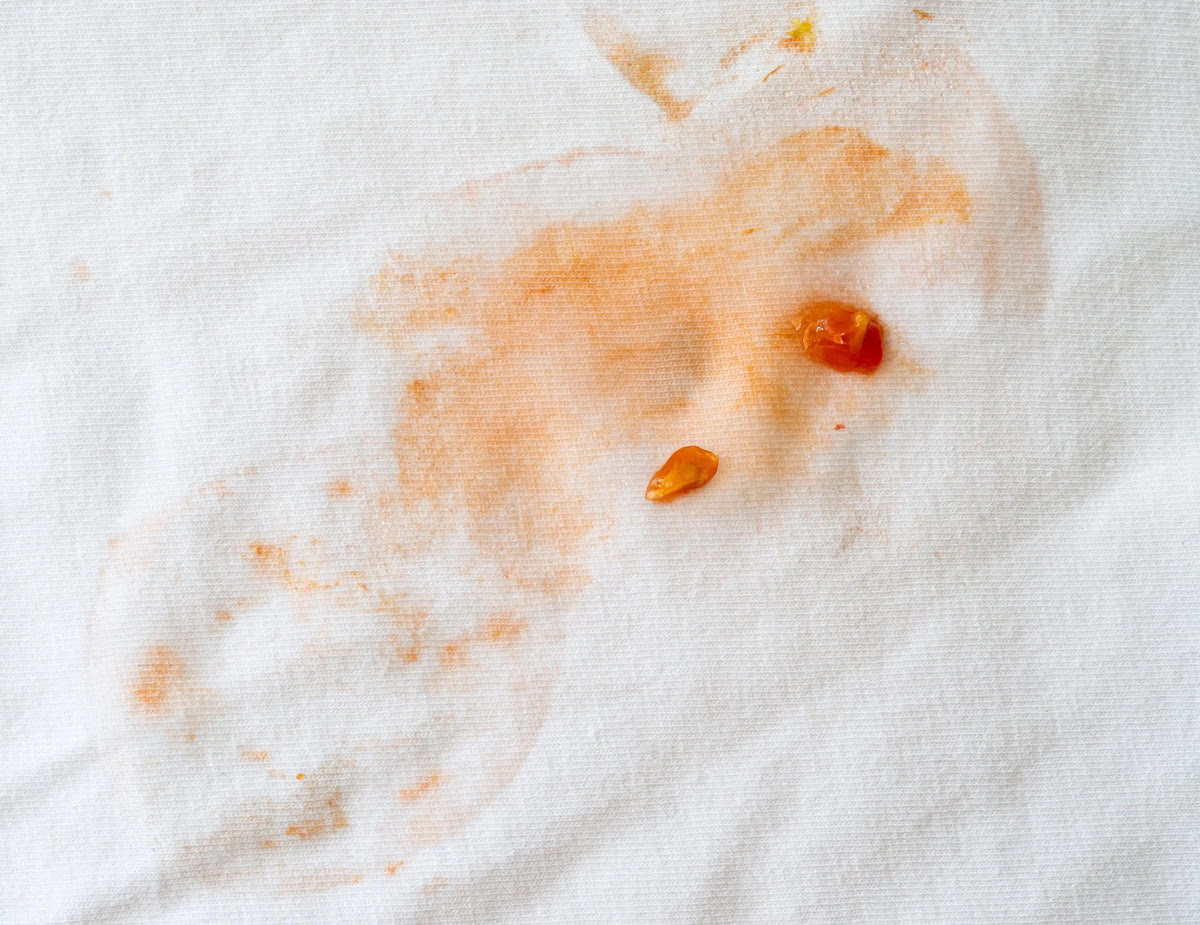
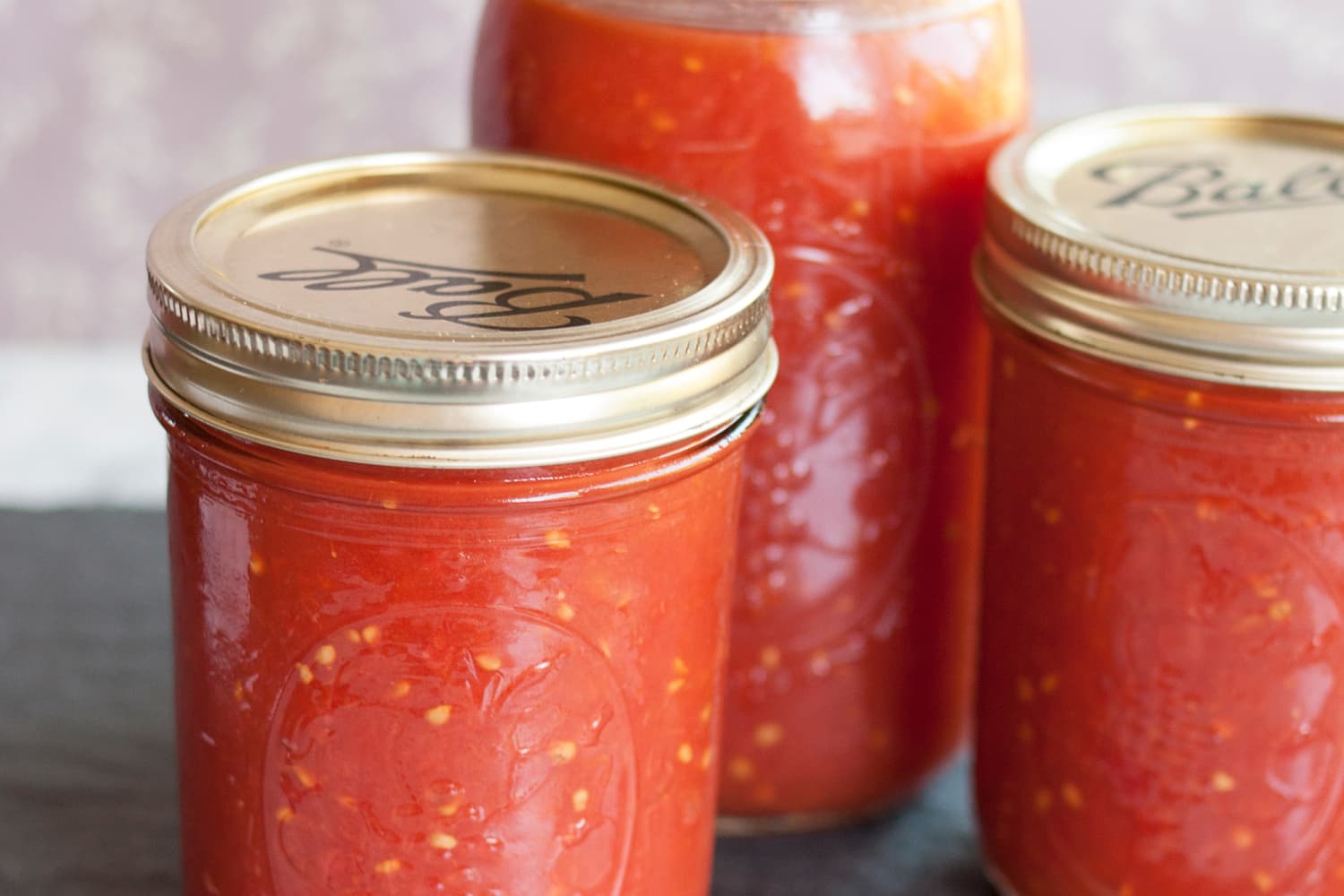
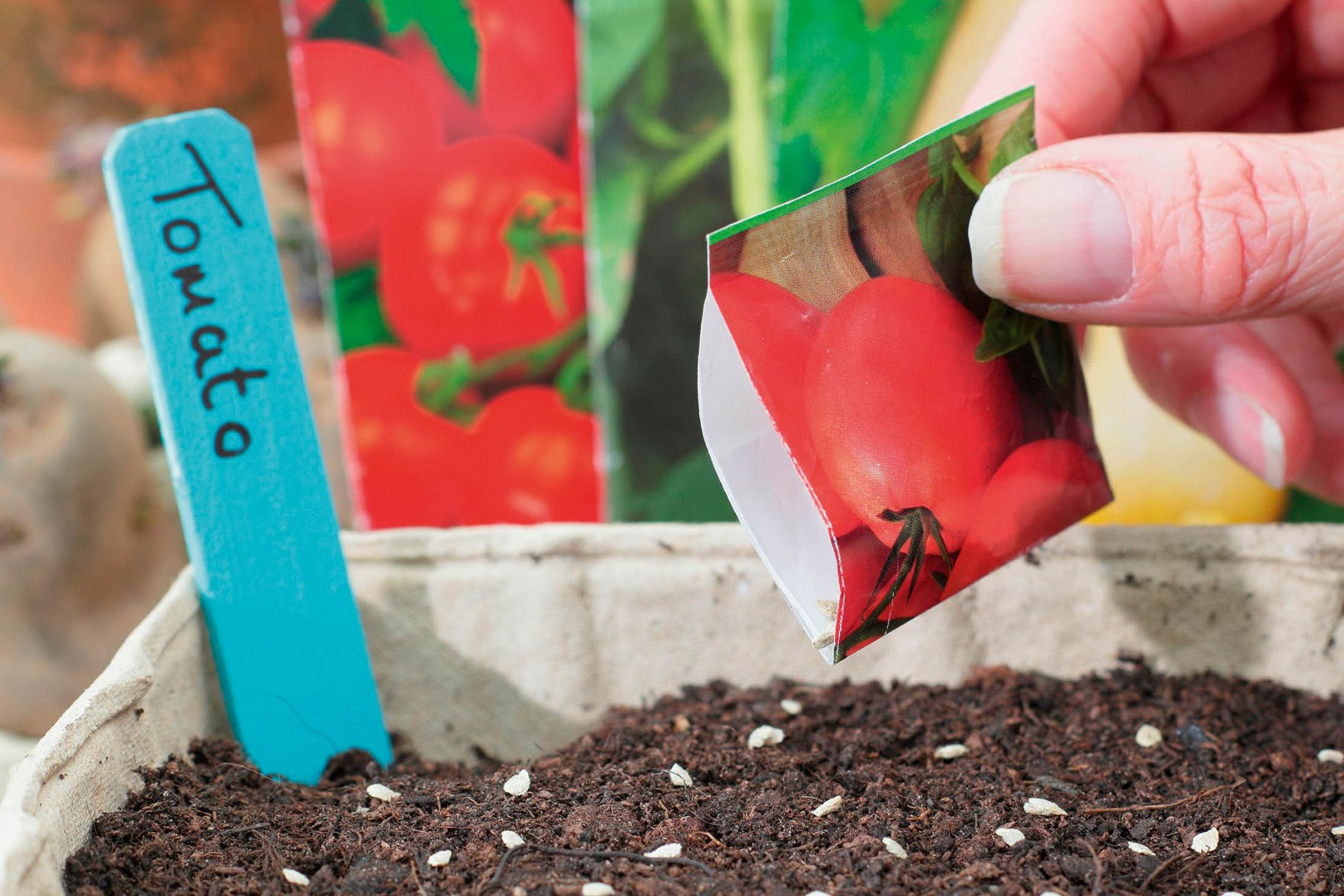
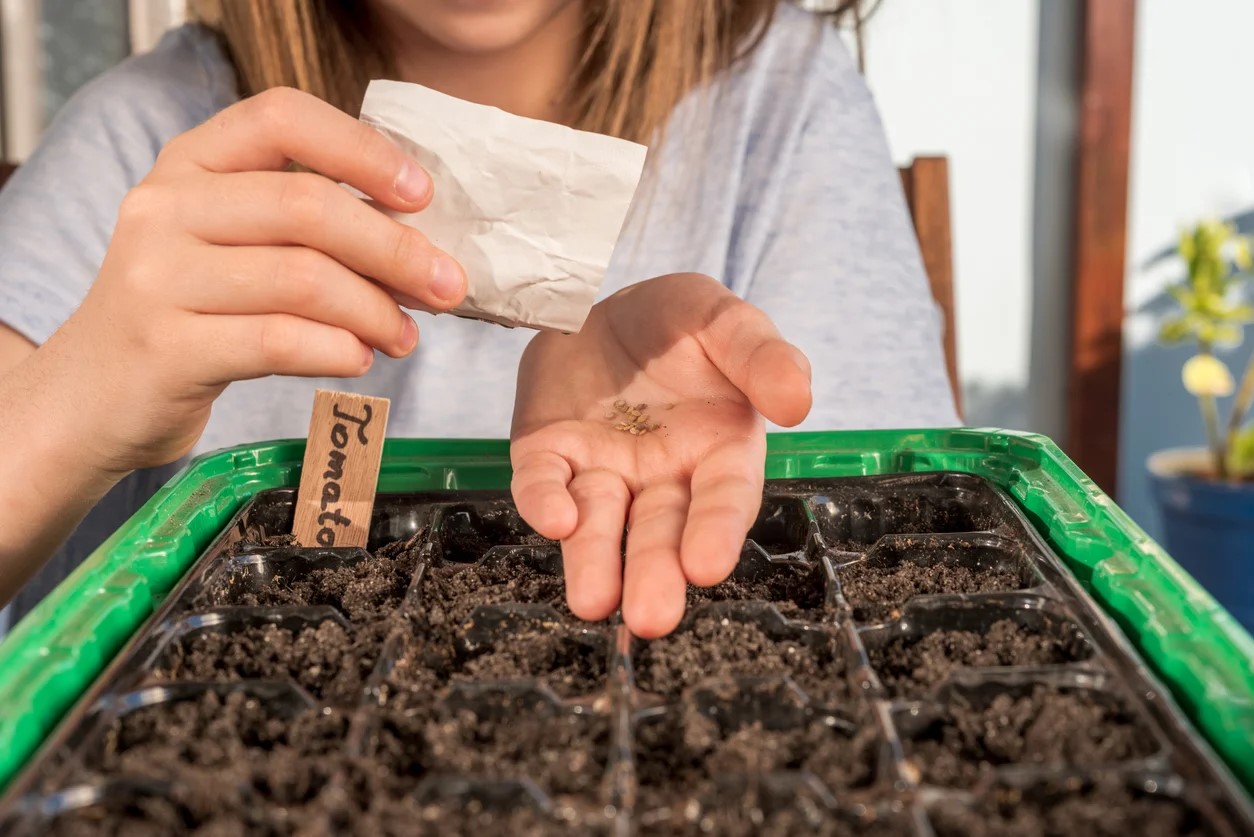

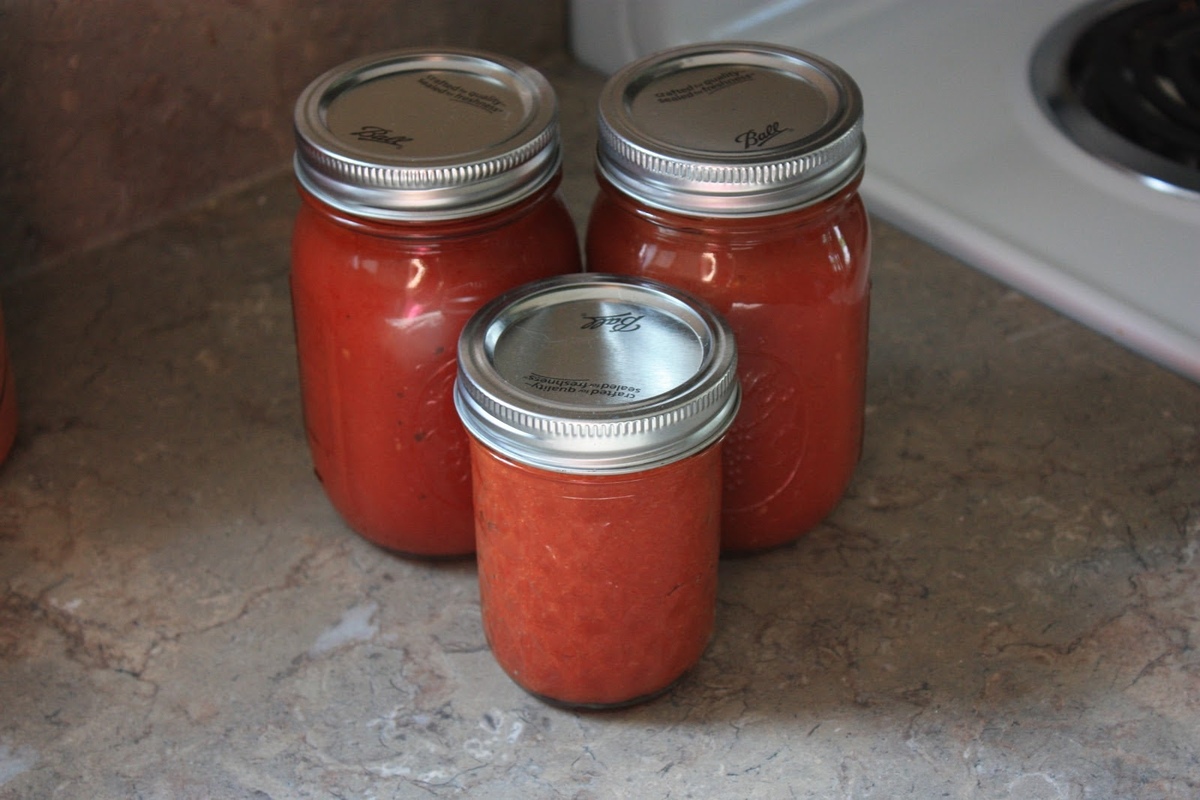
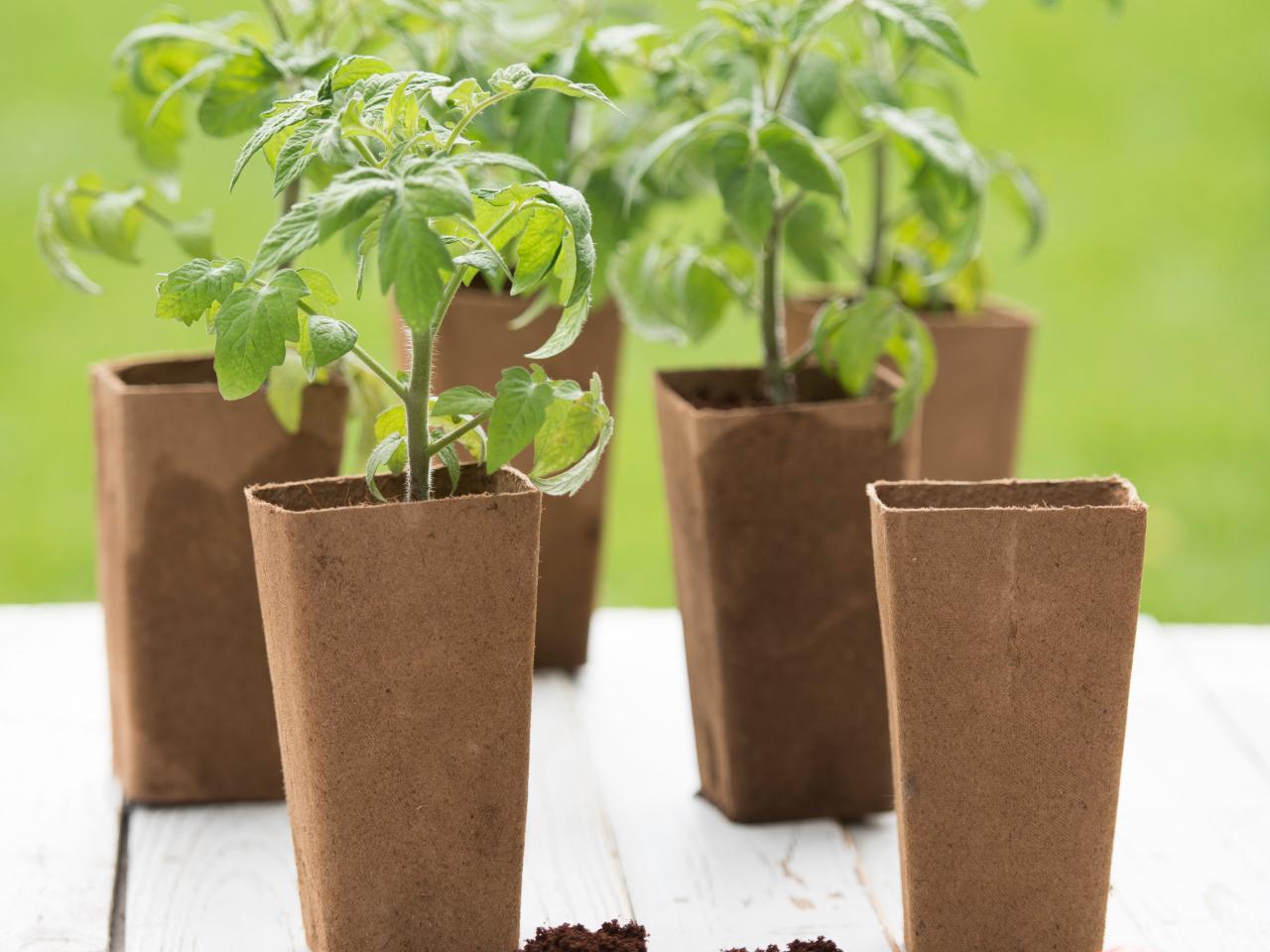
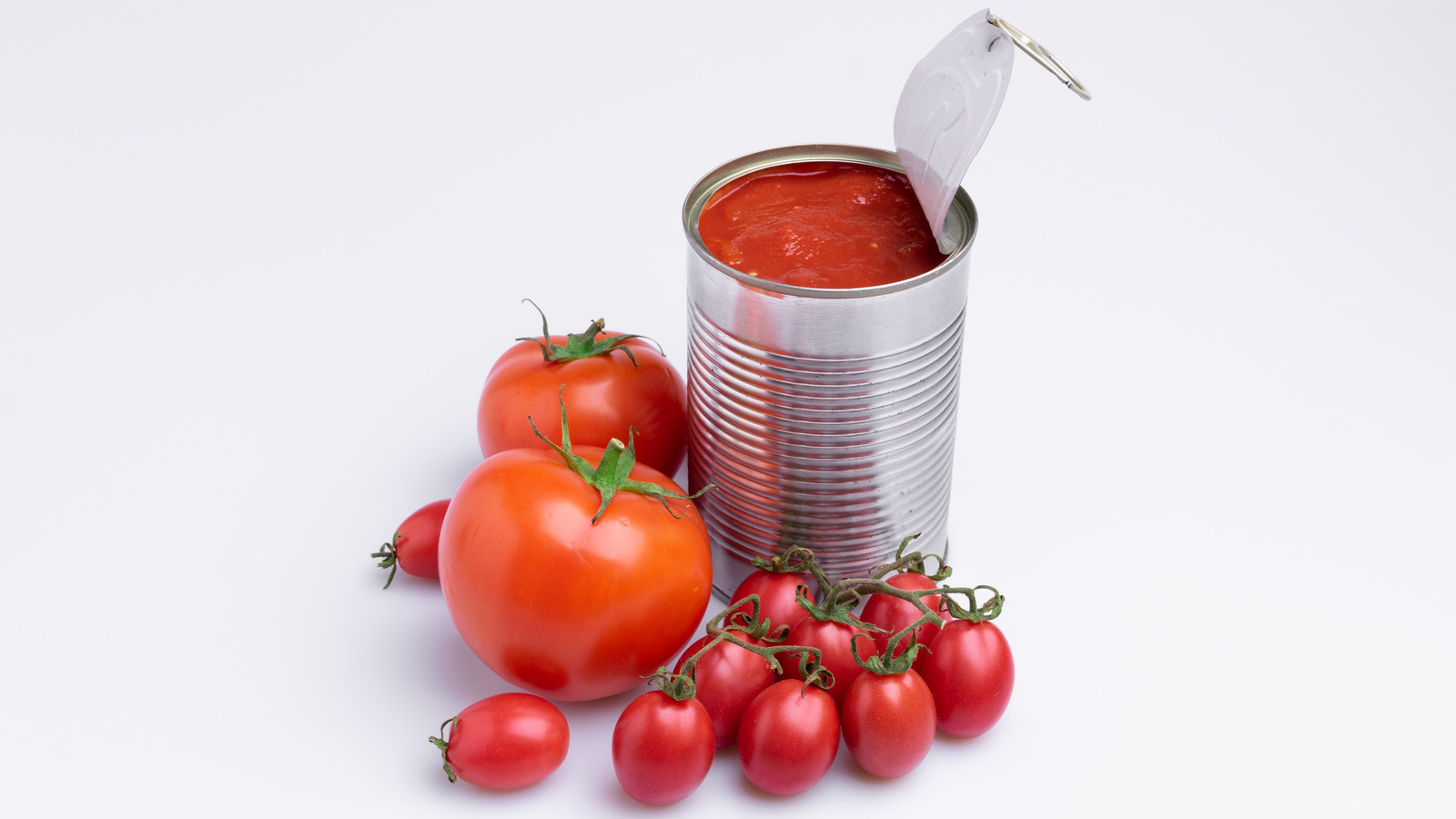
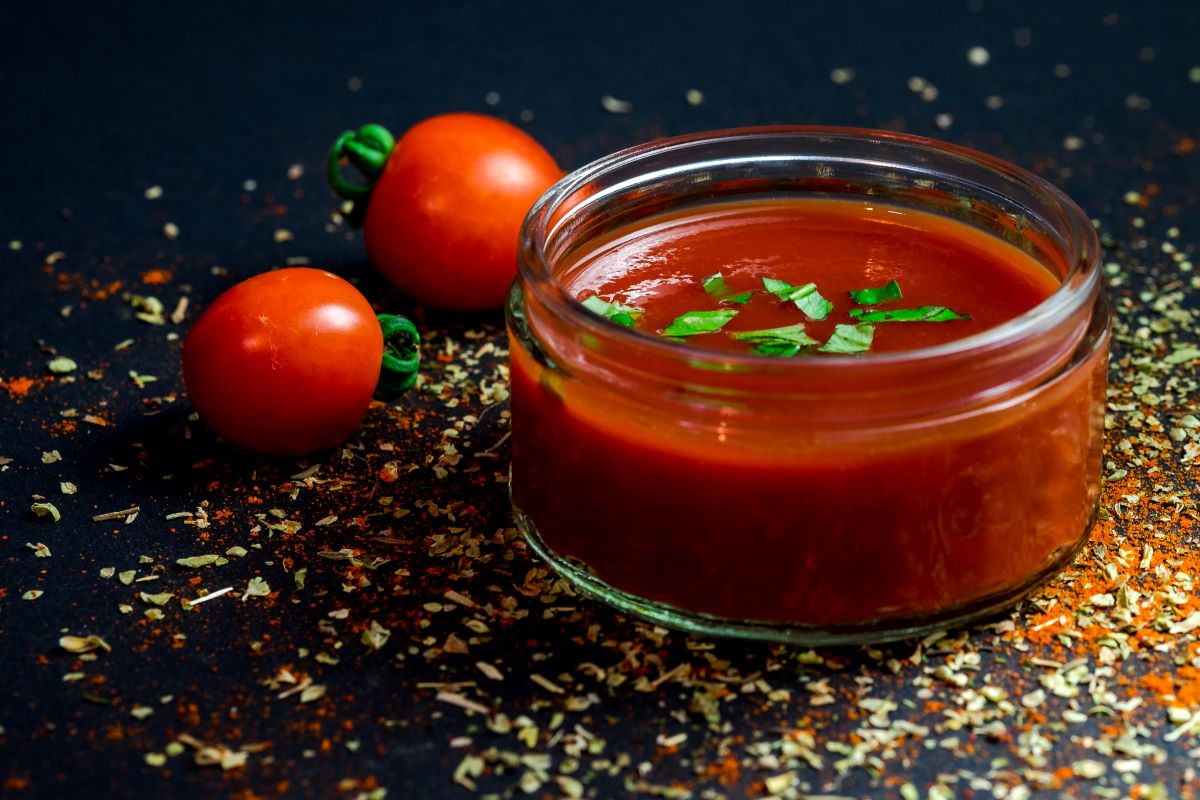
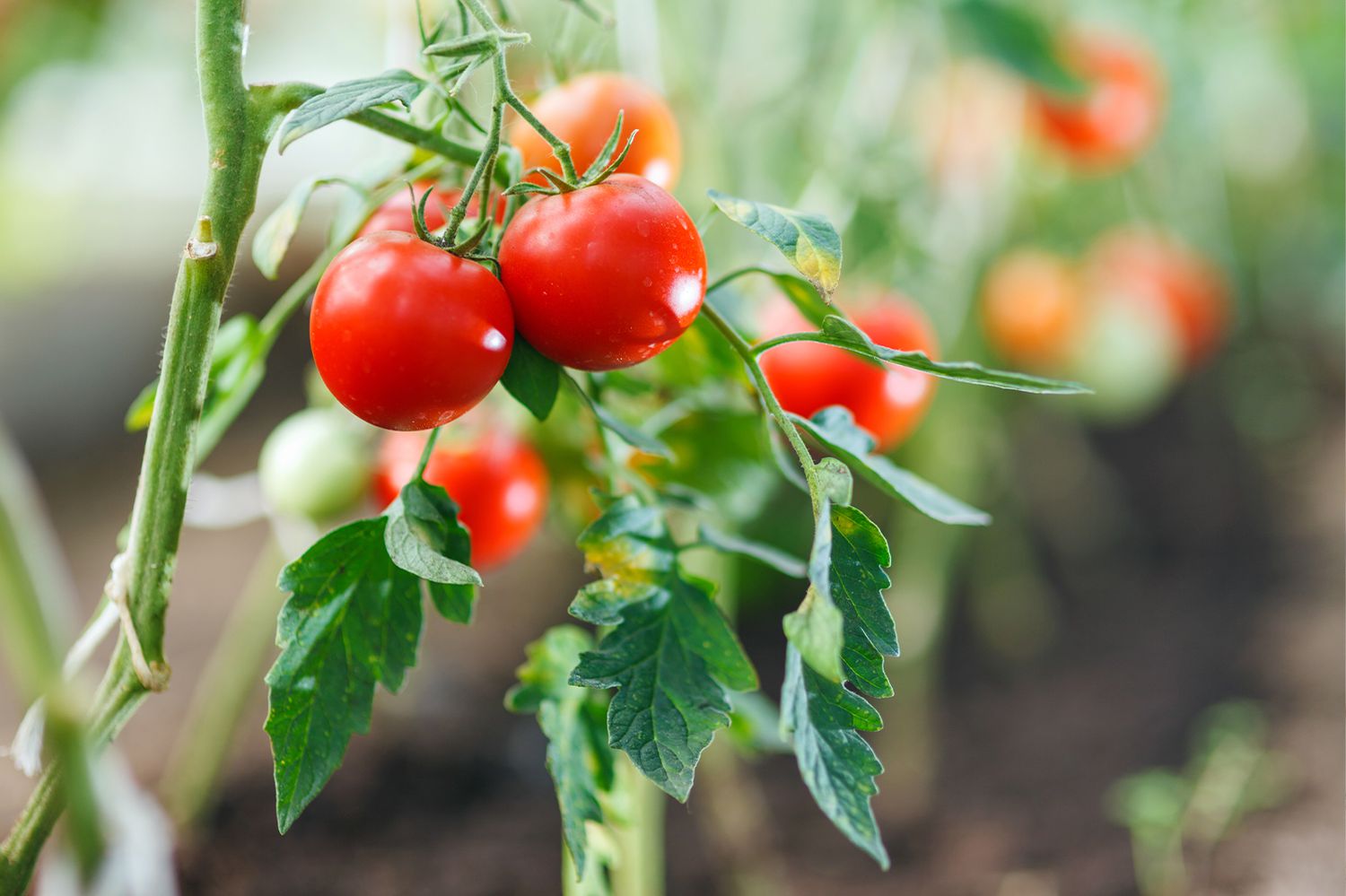
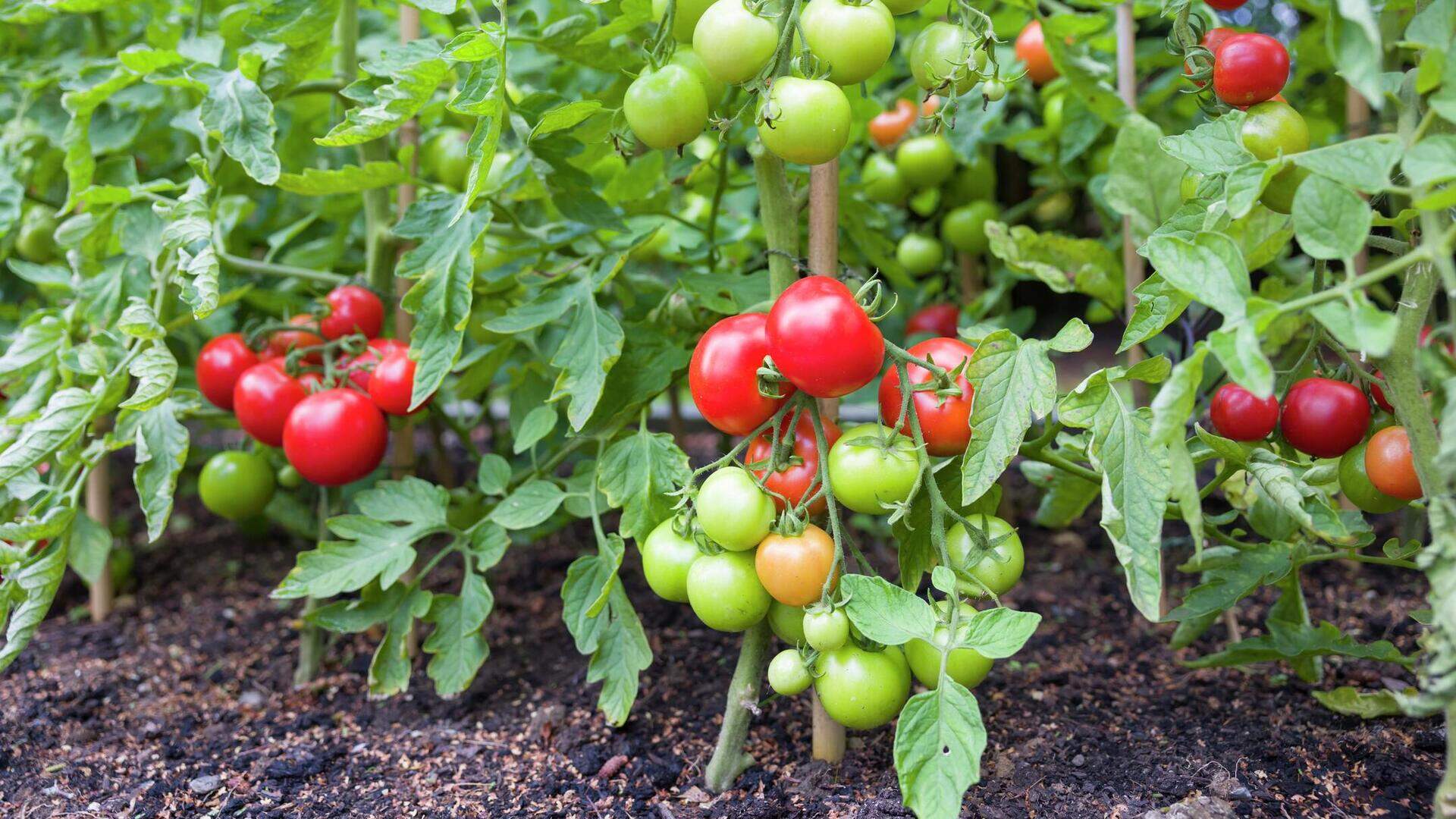
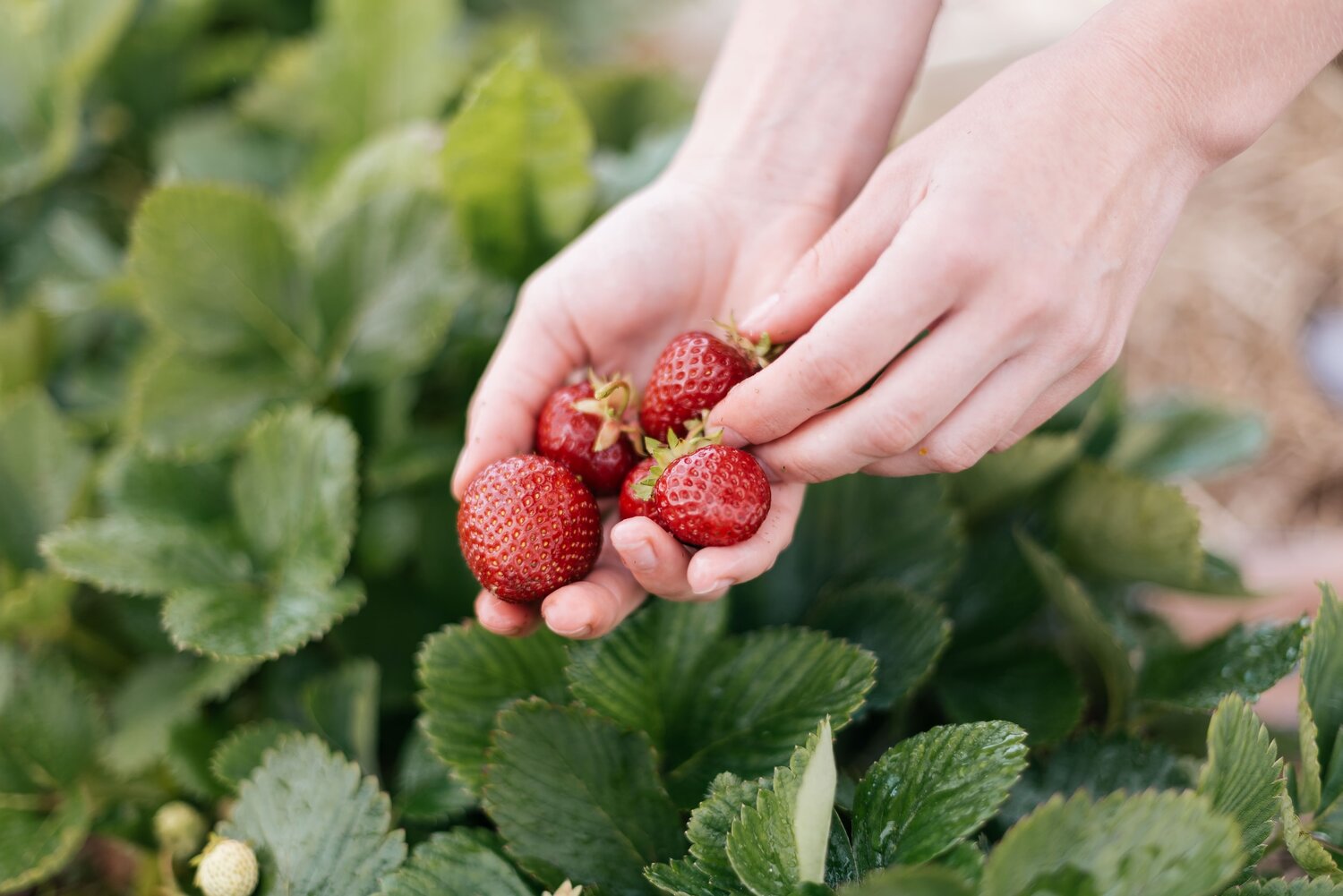


0 thoughts on “How To Remove Seeds From Tomato Sauce”